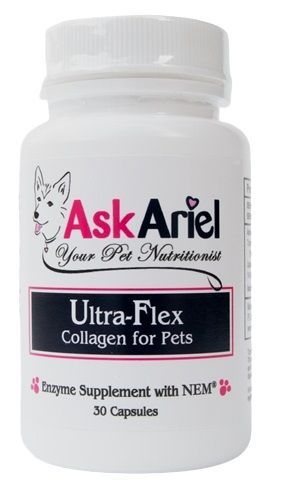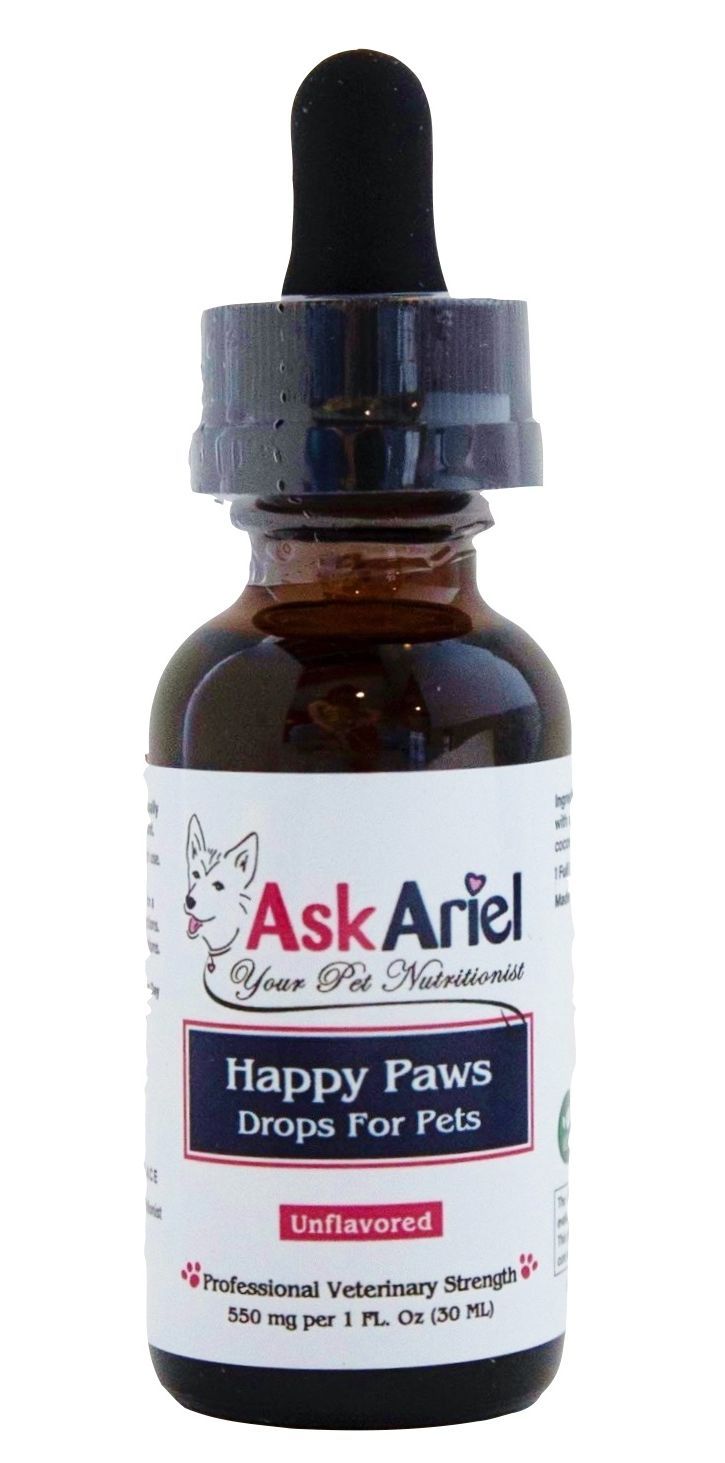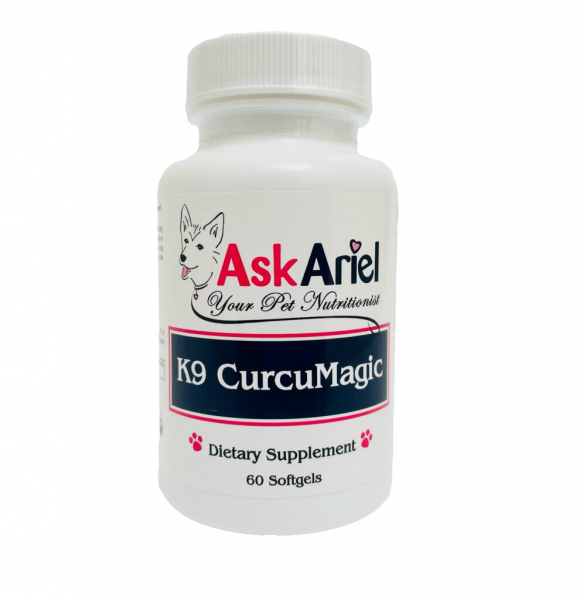Most joint
support supplements contain glucosamine, which is a supplement that is often
given to middle age dogs and cats to help relieve the pain and soreness within
their joints. It is especially helpful for pets with deteriorating joints, dysplasia (hip or elbow) and arthritis. While glucosamine is generally well-tolerated by most dogs, a small percentage may have an allergic reaction.
While many pets
can tolerate glucosamine without a problem, some may have an allergic reaction. The
most likely culprit is a food allergy to shellfish since glucosamine is derived
from shellfish.
Symptoms Of A Glucosamine Allergy In Dogs
Identifying an allergic reaction to glucosamine in dogs can be challenging, as allergies may manifest in various ways. Here are some signs that could indicate a potential allergic reaction to glucosamine in your dog:
Skin Issues: Allergic reactions often present with skin problems such as itching, redness, hives, or rash. If you notice your dog excessively scratching, licking, or chewing at their skin after starting a glucosamine supplement, it could be a sign of an allergy.
Gastrointestinal Distress: Some dogs may experience digestive issues when they are allergic to a substance. This can include symptoms like vomiting, diarrhea, or changes in bowel habits.
Swelling: Swelling, particularly around the face, muzzle, or eyes, can be indicative of an allergic reaction.
Respiratory Symptoms: In severe cases, allergic reactions can lead to respiratory issues such as coughing, wheezing, or difficulty breathing. Breathing difficulties always require immediate veterinary attention.
Alternative Joint Support Supplements For Dogs Allergic To Glucosamine
The good news is that there are plenty of other options for joint support if your dog is allergic to glucosamine. Here are the best joint support supplements to give dogs with a glucosamine allergy.
Ultra-Flex Collagen for Pets - A natural “whole-food” supplement that strengthens cartilage, rebuilds connective tissue and supports joint health. Collagen is the "cellular glue" that is found in the bones, muscles, skin, tendons, and digestive tract of your pet. As pets age, natural collagen production declines and can lead to decreased elasticity and stability in the joints, muscles and connective tissue.
- A natural “whole-food” supplement that strengthens cartilage, rebuilds connective tissue and supports joint health. Collagen is the "cellular glue" that is found in the bones, muscles, skin, tendons, and digestive tract of your pet. As pets age, natural collagen production declines and can lead to decreased elasticity and stability in the joints, muscles and connective tissue.
Ultra-Flex Collagen For Pets contains NEM® brand eggshell membrane - a safe, all-natural whole-food source containing three varieties of collagen, glycosaminoglycans (GAGs) such as chondroitin sulfate, glucosamine, hyaluronic acid, and enzymes for enhanced absorption and bioavailability. Excellent choice for pets that are allergic to glucosamine or that are picky about herbal formulas. Great for cats and dogs.
K9 CurcuMagic - A scientifically proven, natural anti-inflammatory for dogs that contains a patented combination of three curcuminoids, along with turmeric essential oil. These are the strongest, most protective and best-researched constituents of the herb turmeric that act as powerful free-radical scavengers. Curcumin is helpful in reducing inflammation, whether acute or chronic, caused by physical injury, joint wear and tear (as in osteoarthritis) and inflammatory conditions such as hip or elbow dysplasia. Helps to relieve pain and improve mobility. K9 CurcuMagic is especially bioavailable (pets can get the most benefit) because of the added essential oil, to improve absorption. This is why K9 CurcuMagic is more beneficial for pets than just sprinkling turmeric spice on your dog's food. For dogs over 15 pounds.

Happy Paws Hemp Extract Drops is a high-quality hemp CBD oil that can help improve your pet’s overall well-being. Just a few drops of this non-psychoactive tincture is an effective way to reduce anxiety, inflammation and relieve pain. Happy Paws is a full-spectrum hemp oil containing CBD, CBG, CBN, and CBDA. Rigorous independent laboratory testing ensures purity.
Each 1oz bottle contains 550mg of full-spectrum hemp extract in an unflavored all-natural coconut oil base. Organically grown in Colorado. Happy Paws Drops can help pets with anxiety/stress, cancer, pain, digestion, dementia, inflammation, seizures and more!
Author: Susan Blake Davis
Original Post: 1/28/2018
Updated and Revised: 2/10/2024









